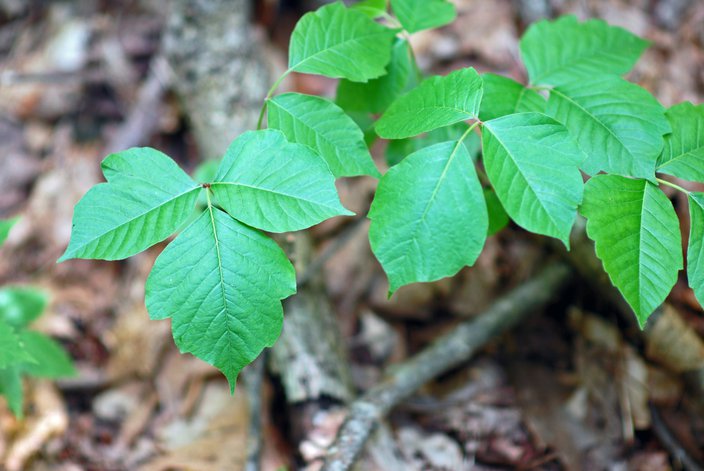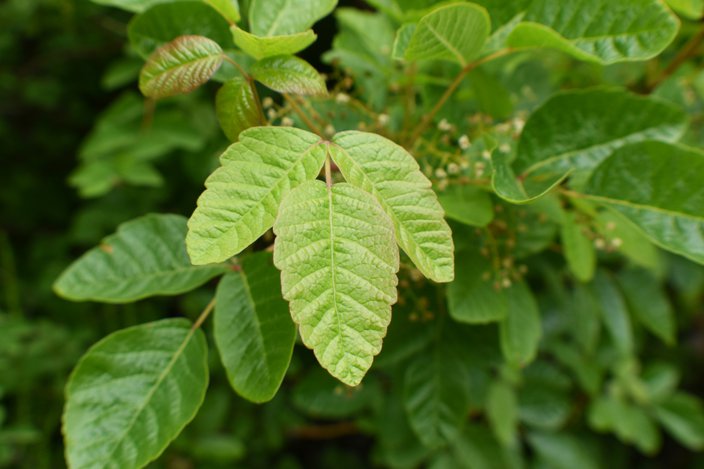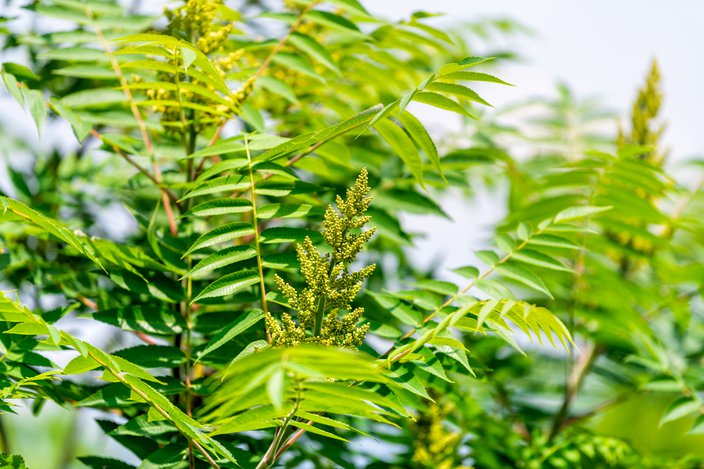
August 06, 2020
Warm summer weather combined with more time spent at home has inspired people to get outdoors. Whether it’s in local green space, such as Philadelphia’s Fairmount Park, or something more ambitious like a section of the Appalachian Trail, a day of hiking can be energizing and offers numerous health benefits, from cardiovascular to the mental peace that comes from time in nature.
When you consider the dangers you may potentially face on a hike, an unlikely bear encounter might be what comes to mind. But the most significant risk to be aware of lurks along the ground: poisonous plants.
Most people don’t realize they have been exposed to a poisonous plant until a red rash appears on the impacted area a few days after a hike—at that point, antihistamines, lotions, or creams to relieve symptoms are the best course of treatment But if you want to spare yourself days of itching, you should keep an eye out for, and avoid, the big three poisonous plants: poison ivy, poison oak, and poison sumac.
 John M. Chase/istock.com
John M. Chase/istock.comPoison ivy
 Darren415/istock.com
Darren415/istock.comPoison oak
 krblokhin/istock.com
krblokhin/istock.comPoison sumac
If you’re planning a hike, some basic protections can go a long way toward reducing exposure to all of these poisonous plants.
First, stay on marked paths, which also helps with forest conservation. Long sleeves, pants, boots, and gloves can protect hikers as each plant requires skin exposure to its sap and oils to trigger a reaction.
Upon returning home, you should wash yourself, your clothing, and any pets with soap and water. Oils can stay on clothing or pet hair and cause a reaction. Cleaning can remove plant oil before it causes a reaction and reduces the spread of rashes.
If you do come in contact with a poisonous plant, make an appointment with your doctor if symptoms become severe (high temperature, symptoms continuing more than a few weeks, or difficulty breathing). Fortunately, a small amount of prevention goes a long way to ensuring a summer hike is enjoyable, with no lingering side-effects.
Information on this site is provided for informational purposes and is not meant to substitute for the advice provided by your own physician or other medical professional. You should not use the information contained herein for diagnosing or treating a health problem or disease, or prescribing any medication. If you have, or suspect that you have, a medical problem, promptly contact your health care provider.